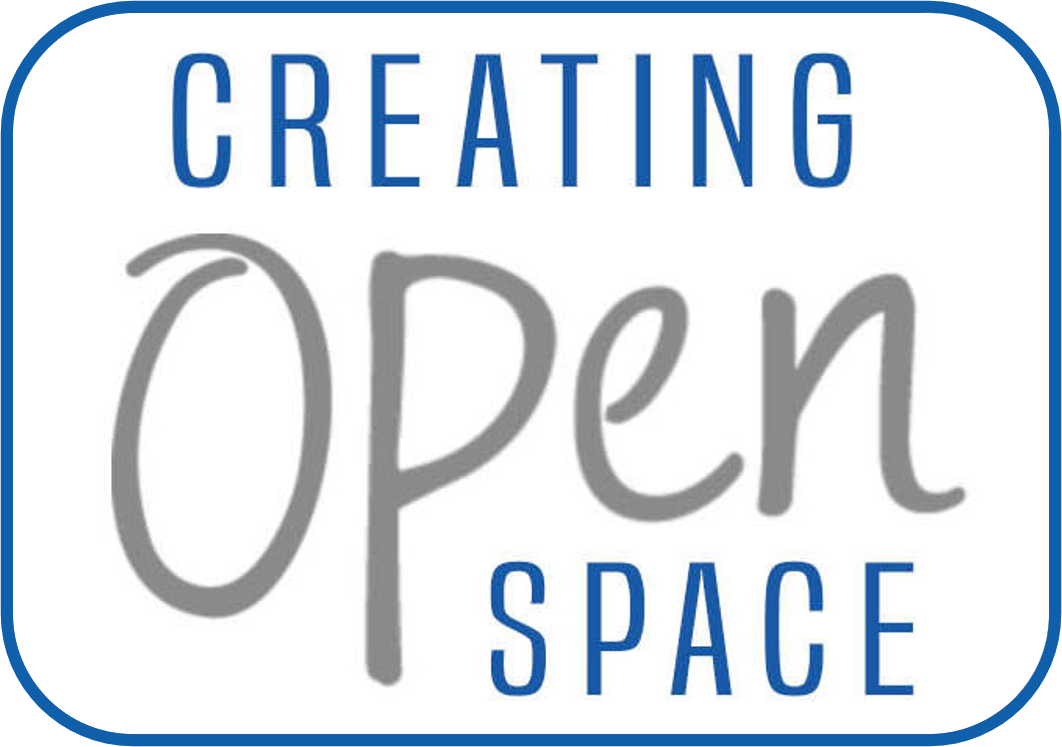Designing Moods
I find the holiday season to be — among other things — an emotional one. I find myself feeling festive, grateful, excited…and also hurried, worried, and tired. Like most people, I aim for more of the former, and less of the latter: more joy, less pain; more peace, less discord; more focus, less distraction. But do I really get to choose how I feel on any given day? I used to be very much at the whim of my emotions. My emotions “had me” much more often than I “had them.” Over the past few years, I’ve learned strategies for choosing how I feel — at work, with colleagues, at home, with my husband and son, and even (yes!) when sitting in a parking lot otherwise known as I-395 trying to drive one mile from my house to downtown DC. As a gift to you (and to all those around you), I offer my insights.
My emotional life shifted when I discovered a crucial distinction between moods and emotions. Emotions are rather fleeting responses to specific thoughts or events. In response to something happening, whether in our mind or in our environment, we experience an emotional state of happiness, sadness, stress, anxiety, etc. Moods, on the other hand, are feelings that we carry with us and that resist being changed by events around us. Research suggests that negative moods prompt us to reflect on negative memories and to judge people and events negatively, while positive moods prompt us to remember positive memories and to judge people and things more positively (Rustings, 1999). I imagine that both these become cyclical – negative moods prompt negative memories and assessments, which in turn perpetuate a negative mood – a downward spiral; positive moods do the opposite – an upward spiral.
The ability to distinguish mood from emotion enables us to look at the impact of moods on emotions, and vice versa. Moods have a huge impact on the emotions that we experience because they are lasting and resist change. When we’re in a bad (negative) mood, inconveniences can turn irritation into anger. When we’re in a good mood, inconveniences can just as easily elicit empathy and gratitude. The reverse is less true. Emotions typically have a short-lived effect on moods. Although we can “perk up” someone who is perpetually negative, the smile or laughter is fleeting. In short, it is our moods — not our emotions — that drive much of how we experience life. Fortunately, it’s also our moods that we can design. Want to learn more? Join me on Monday, December 11 for a webinar on Designing Moods. Regardless of how naturally cheerful and positive you are, I guarantee that your holiday season will be brighter as a result.
